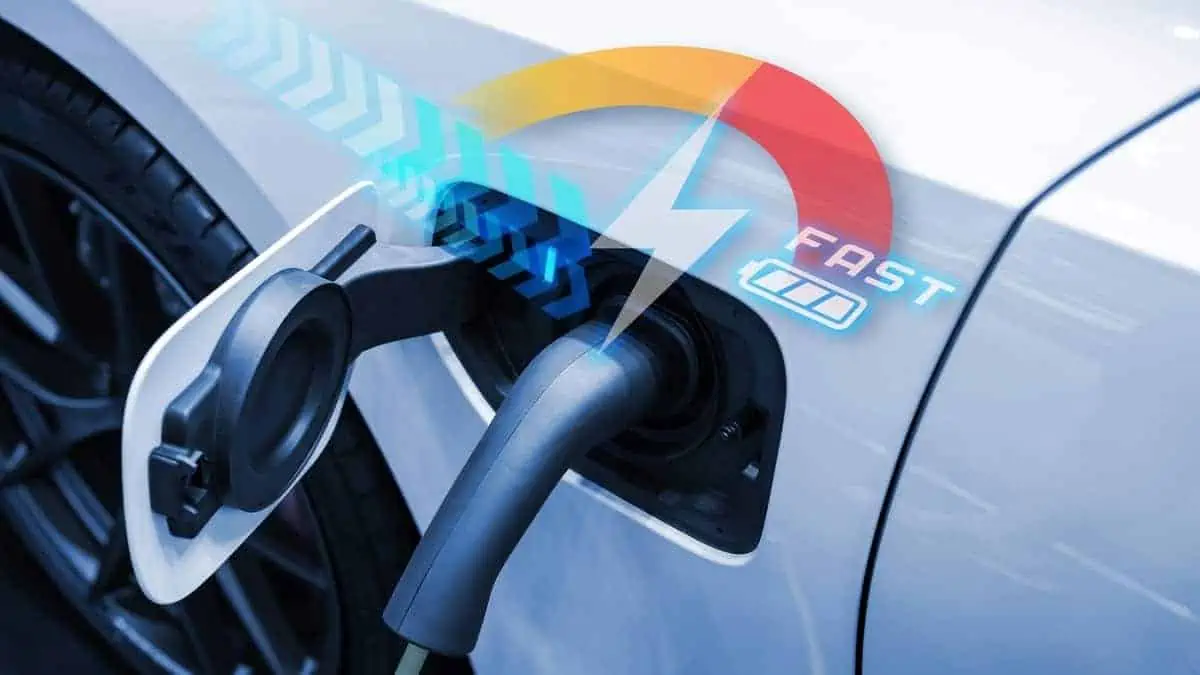The US reached a new high record
The average transaction price (ATP) of a new car in the US reached a record high in December at $49,507, up 4.9% ($2,297) from the prior year’s levels and 1.9% ($927) from November.
Kelley Blue Book, a Cox Automotive company, recently reported that new stock levels are increasing from record lows earlier in 2022, but prices remain high.
However, compared to November, the average cost paid for a new EV dropped by $3,594 (down 5.5%) in December, finishing the year down 0.6%. According to Kelley Blue Book estimates, the typical new EV sold for $61,448, which is still significantly higher than the industry standard.
Price reductions at Tesla, which controls more than 65% of the electric vehicle market, were primarily responsible for the decrease in cost. Tesla raised prices earlier this year while blaming supply problems. The business changed its strategy in December.
According to calculations made by Kelley Blue Book
For more than a year, new-vehicle ATPs have been higher than the typical manufacturer’s suggested retail price (MSRP), also known as the sticker price.
Although down from November, sales volumes in December increased year over year by more than 5%, partly because of better supply. Sales are being pressed downward by increased prices and high loan rates.
“The transaction data from December clearly indicates overall prices showed no signs of coming down as we headed into year-end. Luxury prices fell slightly in December, but non-luxury transaction prices were up. Truck sales were particularly strong last month, and with many trucks selling for more than $60,000, a new record was all but inevitable.”
Although some brands have better stock than others, according to Cox Automotive, new-vehicle inventories are improving steadily.
“Incentives overall are still very low but trending upwards. Electric vehicles and luxury cars had incentives close to 6% of ATP, and both saw ATP decline in December as a result. Plus, with the new tax credits on the way, electric vehicle ATPs will drop lower for qualifying vehicles.”
A new high and an increase of $994 month-over-month, the average price for a new non-luxury vehicle in December was $45,578, a record.
The previous peak occurred on August 20, 2022. The average price of a new truck in December was over $59,000, and sales of trucks exceeded 270,000 for the initial period since the spring of 2021.
Non-Luxury brand prices remained
The Ford F-Series pickup truck is the most popular vehicle in the US, and Kelley Blue Book estimates that the average price for a new F-Series is close to the luxury range at $66,451. Ford had its best month in 2022 in December, selling over 75,000 F-Series trucks.
Most non-luxury brands’ prices were stable or decreased in December. In December, the non-luxury market’s strongest price performers were Honda and Kia, which transacted between 5% and 6% above sticker price.
Luxury brand sales are still soaring
Strong sales of luxury vehicles throughout the majority of 2022 have significantly contributed to the increase in new-vehicle prices. As is customary, the share of luxury vehicles in total sales rose in December, reaching a record 18.6% in December from 18.2% in November.
The increased share of luxury sales contributes to an increase in industry ATP. Five years earlier, in December 2018, the luxury market share peaked at 16.5%. The luxury share increased each month in 2022.
The average luxury buyer in December 2022 spent $66,660 on a brand-new car, down $216 from November. The MSRP is still exceeding new luxury vehicle prices, but not significantly. In December, luxury compact and subcompact SUVs were also selling for less than their MSRP.
Last month, the luxury market’s strongest price performers were Mercedes-Benz and Land Rover, which transacted at a premium of 2.6% to 6.5%. The luxury automakers selling at least 1% below MSRP in December included Audi, BMW, Infiniti, Lexus, Lincoln, and Volvo.
Incentives rose from 2.2% in November to 2.7% of the average transaction price in December 2022. Incentives represented an average of 3.8% of ATP in December 2021. According to estimates from Kelley Blue Book, the typical incentive package in December 2019—before the pandemic and during a time of ample inventory—was 10.9% of ATP.
The highest incentives in December went to electric vehicles, which saw a 6.2% ATP increase thanks to changes at Tesla. Luxury vehicles came in second at 5.8% ATP. The least expensive incentives, all less than 1% of ATP, went to full-size SUVs, minivans, and vans.






